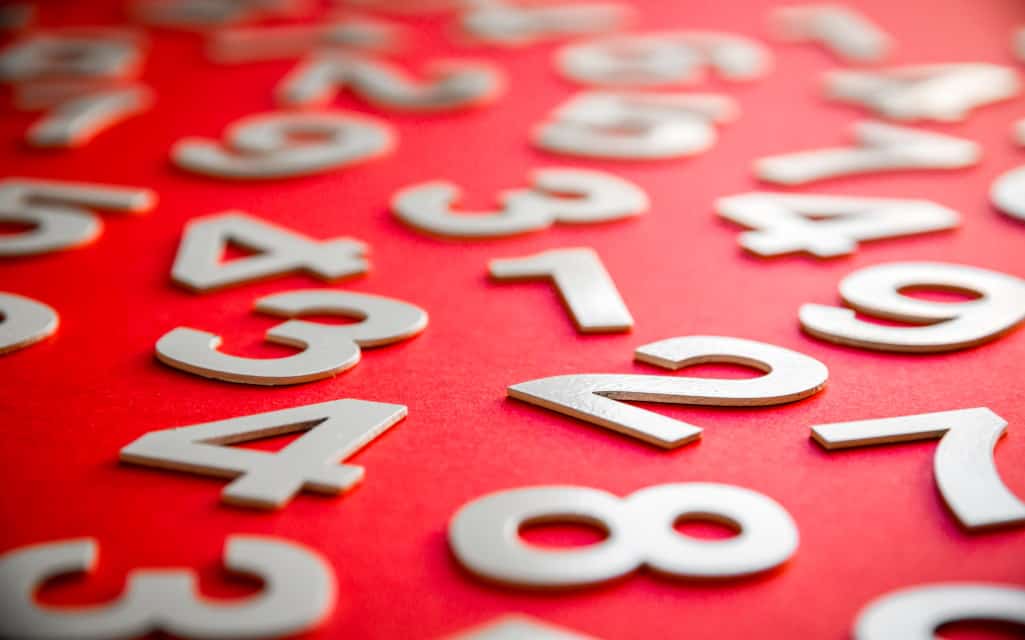We are surrounded by numbers daily. Numbers can be used to count objects, rank objects, perform mathematical operations, and much more. In the number system, there exist various types of special numbers, one of which is called ordinal numbers. In mathematics, ordinal numbers are used to show the position of an object or a person. For example, “Madhu came second in class”, “Sarah came first in the 100m running the race”, “I will sit on the third seat in the bus”. Here, the terms “second”, “first” and “third” are considered as ordinal numbers.
This article will discuss ordinal numbers and their examples in detail.
Visit Website
Math can be boring at times, however, Cuemath comes as a savior. This online platform began some years ago in India with the purpose of revolutionizing how students learn math. Their mission is to turn students into unwavering problem solvers who will go on to address the world’s biggest issues. Cuemath has evolved into the world’s most popular and engaging live-class platform. It provides live online classes as 1:1 interactions as well as in groups for mathematics. Visit the website to learn more about the subject in a fun and engaging way.
What are Ordinal Numbers?
Ordinal Numbers are numbers that are used to show the position of an object or a person. In other words, it indicated the rank of a certain object or a person. The terms “first”, “second”, “third”, “fourth”, and so on can be used to express these numbers.
Let us go through an example to understand the concept in a better way. For example, five students took part in a 100-meter running race. Out of these five students the top three students were given ranks. The ranks given were the first rank with a gold medal, the second rank with a silver medal, and the third rank with a bronze medal. In this example, the ranks “first”, “second”, and “third” are considered to be ordinal numbers.
Real-life Examples
Real-life examples of Ordinal Numbers include:
- Rishu stood first in the essay writing competition.
- Milan is the fourth boy from the right in the second row in this photograph.
- Smita’s team came first in the cricket competition.
- Megha needs to sit on the second bench behind Ashutosh in the examination.
In the above examples, “first”, “fourth”, “second” are considered ordinal numbers.
Read More: 9 Easy Ways Of Solving Math Problems
Difference Between Nominal, Cardinal, and Ordinal Numbers
The difference between Nominal, Cardinal, and Ordinal Numbers can be understood by the explanation given below:
Nominal numbers are numbers used for namesake. In other words, these are numbers used to identify a particular object or a person. These numbers do not help in counting the value or in determining the position of a particular object or person. For example, Virat Kohli plays with jersey number 18. Therefore, Virat Kohli can be identified by jersey number 18.
On the other hand, cardinal numbers are numbers that are used for counting. These numbers can be used to define the number of objects present. For example, there are ten oranges in the basket. Here ten is a cardinal number.
On the other hand, ordinal numbers are numbers used to denote order. In other words, these are numbers that are used to show the position of a person or an object. One thing to note is that we’re not counting something with the help of this type of number, but we are denoting an order with this type of number. For example, the rank in class can be considered as this type of number.
To learn more about the properties of ordinal numbers and how they can be implemented and used in mathematical problems, visit Cuemath.



